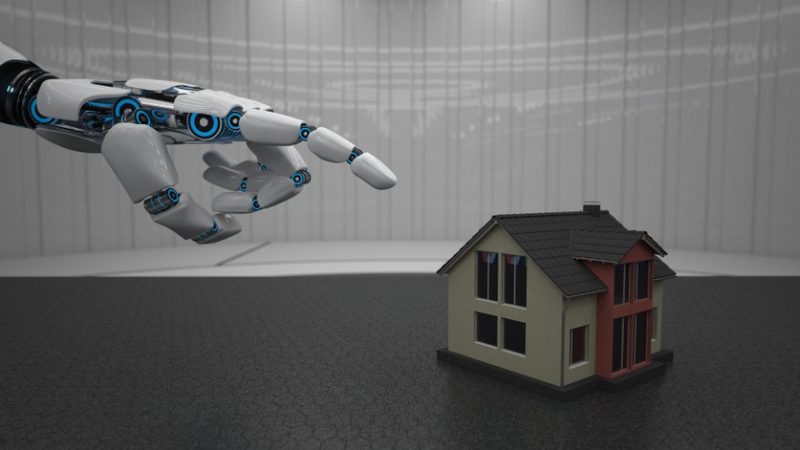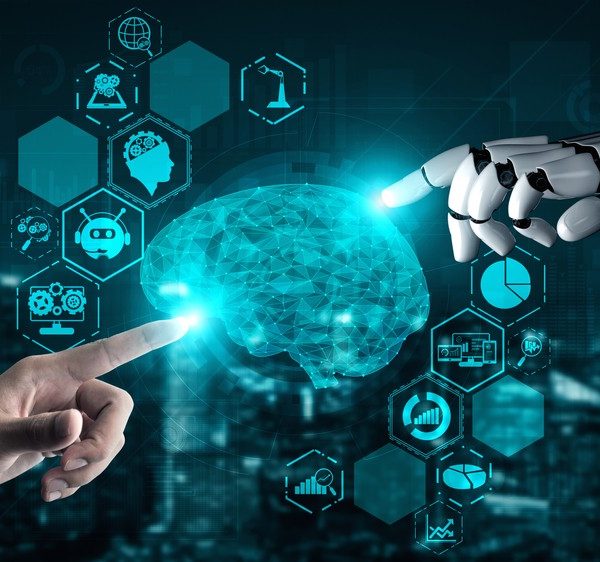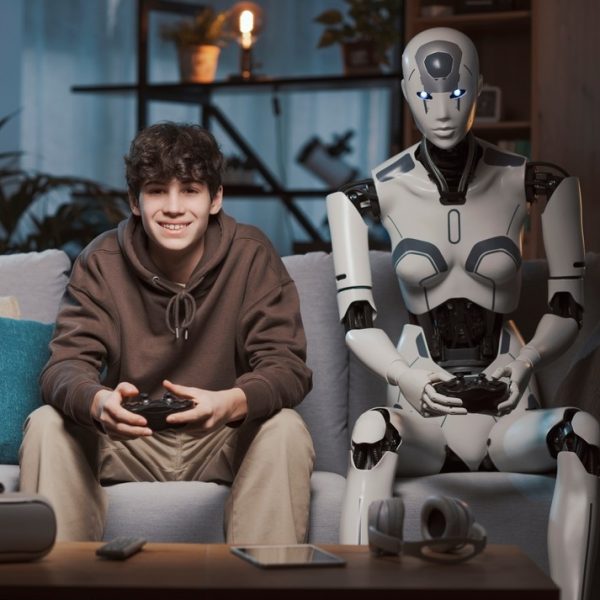
5 Uses of Artificial Intelligence in Human’s Everyday Life
Artificial intelligence (AI) has been a buzzword for some time now, and it’s not hard to see why. Despite the dramatic portrayal of robots taking over the world in movies, AI has been around for quite some time. In fact, it’s already a part of our daily lives in many ways.
In this article, we’ll explore the various applications of AI in everyday life, highlighting how it’s revolutionizing the world around us. From smart home devices to healthcare, education, and transportation, AI is transforming various industries with its efficiency, accuracy, and productivity. Let’s take a closer look.
Navigation Apps
One of the oldest and most commonly used applications of AI is navigation apps. GPS apps like Waze and Google Maps have been using AI for years to provide users with the best possible route to their destination, taking into account factors such as traffic, construction, and weather.
These apps use a process called routing, which involves finding the shortest or fastest path between two points. AI has made this process much more efficient and accurate, allowing navigation apps to provide users with real-time updates and alternative routes when necessary.
Newer features like destination anticipation enable navigation apps to learn your patterns and predict where you’re going even before you input a destination. Google Live View is also an excellent example of how we can use AI in navigation. This new feature uses AI and augmented reality (AR) to provide turn-by-turn directions directly on your phone’s camera view, making it even easier to find your way around unfamiliar places.
Rideshare Apps
The rise of navigation apps gave birth to an entirely new industry – rideshare apps. Individuals with no prior experience or training can now use their personal vehicles to give others rides, thanks to the GPS capabilities of these apps.
Rideshare apps like Uber and Lyft have become increasingly popular in recent years, and AI has played a big role in their success. From matching riders with nearby drivers to automatically calculating fares, AI is used throughout the process to make it as seamless and efficient as possible.
Rideshare apps are also using AI to improve safety. Uber, for example, has developed a feature called RideCheck that uses sensors and GPS data to detect irregularities such as long stops or unexpected route deviations. If something does happen, riders and drivers will be notified, and they can contact Uber’s safety line for assistance.
Machine learning is also being used to improve the accuracy of estimated time of arrivals (ETAs) and detect fraud and abuse. As rideshare apps continue to evolve, we can expect to see even more AI-powered features that make the experience safer, smoother, and more enjoyable for everyone involved.
Short-Form Video and 3D Photography: How AI is Changing the Game
Short videos and 3D photography are two areas where AI is having a significant impact on how we consume and interact with content. In this article, we’ll explore how AI is changing the game in both of these areas, and what the future might hold.
Short-Form Video
Short-form videos have been around for a while, but they’re experiencing a resurgence thanks to platforms like TikTok, Youtube Shorts, Instagram Reels, and Snapchat. These apps allow users to create and share videos that are typically 15 seconds or less.
One of the key ways that AI is being used in short-form video is through machine learning algorithms. These algorithms use data about the user’s preferences and behaviors to personalize the content that they see. This means that users are more likely to see videos that they’re interested in, which can lead to increased engagement.
AI is also being used to summarize entire videos quickly and efficiently. Deep learning technology can analyze a video and create a summary that captures the most important parts. This is particularly useful for people who don’t have time to watch a full video but still want to stay up-to-date on the latest trends.
Finally, AI is being used to create automatic video subtitles in multiple languages. This feature makes videos more accessible to people who are deaf or hard of hearing, as well as those who speak different languages.
3D Photography
3D photography is a relatively new form of art that is gaining popularity. It involves taking one or more 2D photos and adding a third dimension, either through specialized equipment or through post-processing with AI software.
AI plays a significant role in 3D photography, particularly in post-processing. Neural radiance fields (NeRF) can be used to generate 3D models from 2D images, which is a process that would be incredibly time-consuming and require expert knowledge without AI. This technology has already been used to create 3D e-commerce product photos, where users can view a product from multiple angles.
The Google Pixel 4a features a dual-camera setup that allows users to take 3D photos without any extra equipment, thanks to AI. This is just one example of how AI is being used to make 3D photography more accessible and user-friendly.
Looking to the Future
Both short-form video and 3D photography are still in their early days, but AI is already making a significant impact on both of these areas. As AI technology continues to advance, we can expect to see even more innovative uses for it in these and other areas.
For example, AI could be used to create more realistic and immersive 3D photos, or to generate personalized short-form videos based on a user’s interests and preferences. The possibilities are endless, and it’s exciting to think about where this technology could take us in the future.
Facial Recognition Technology: Understanding Its Function and Impact
Facial recognition technology has been a topic of controversy in recent years, with many raising concerns about privacy violations. However, despite the backlash, the use of this technology is becoming more widespread and accurate. In this article, we’ll delve into the workings of facial recognition technology, its applications, and its impact on society.
How Facial Recognition Works
Facial recognition technology uses artificial intelligence to identify individuals based on their physical features. This technology can be used for various purposes, including security and surveillance, identity verification, and marketing. It analyzes an individual’s unique facial features, such as the distance between their eyes and the shape of their jawline, to create a unique facial recognition profile.
Applications of Facial Recognition Technology
Facial recognition technology is becoming more common in everyday life. One of the most prevalent uses of this technology is on social media platforms. Facebook, for instance, uses facial recognition to suggest tags for photos. This technology can also be used to unlock your phone, as many smartphones now have this feature built-in.
Law enforcement agencies also use facial recognition technology to identify criminals and missing persons. While the technology is not perfect, it is continually improving. Companies such as Clearview AI are selling facial recognition software to law enforcement agencies, and organizations like the FBI and ICE are already using it.
Privacy Concerns
Although facial recognition technology has its benefits, it also raises serious concerns about privacy and the misuse of personal information. Companies like Clearview AI are collecting data from millions of people without their consent, which can result in data breaches and identity theft. The recent £7.3M fine imposed by UK watchdogs on Clearview AI and its obligation to delete all UK data is a significant example of how seriously the authorities are taking this issue.
Smart Assistants: The Evolution of Artificial Intelligence
Smart assistants like Amazon’s Alexa and Google Assistant have become increasingly popular in recent years. These assistants use artificial intelligence to perform tasks like setting alarms, playing music, and adding items to your shopping list.
As technology advances, smart assistants are becoming more sophisticated. For example, Alexa can now understand natural language and respond accordingly. This is made possible thanks to the neural networks that power digital assistants. These networks are continually learning and improving at understanding the complexities of human language and speech patterns.
The Future of Smart Assistants
Smart assistants have come a long way in a short amount of time. What started as simple voice-activated assistants have now become the foundation of entire households. They can power vital systems such as security and heating and are continually evolving to be even more useful.
Conclusion
AI technology has the potential to transform many aspects of our lives, from healthcare to finance to manufacturing. While security concerns are valid, they are more likely to be caused by humans than by artificial general intelligence itself. The benefits of artificial general intelligence far outweigh the risks, and we should embrace it as a tool that can make our lives easier, safer, and more efficient. As we move forward with AI technology, we must ensure that it is used ethically and responsibly to maximize its potential and minimize any potential risks.
























